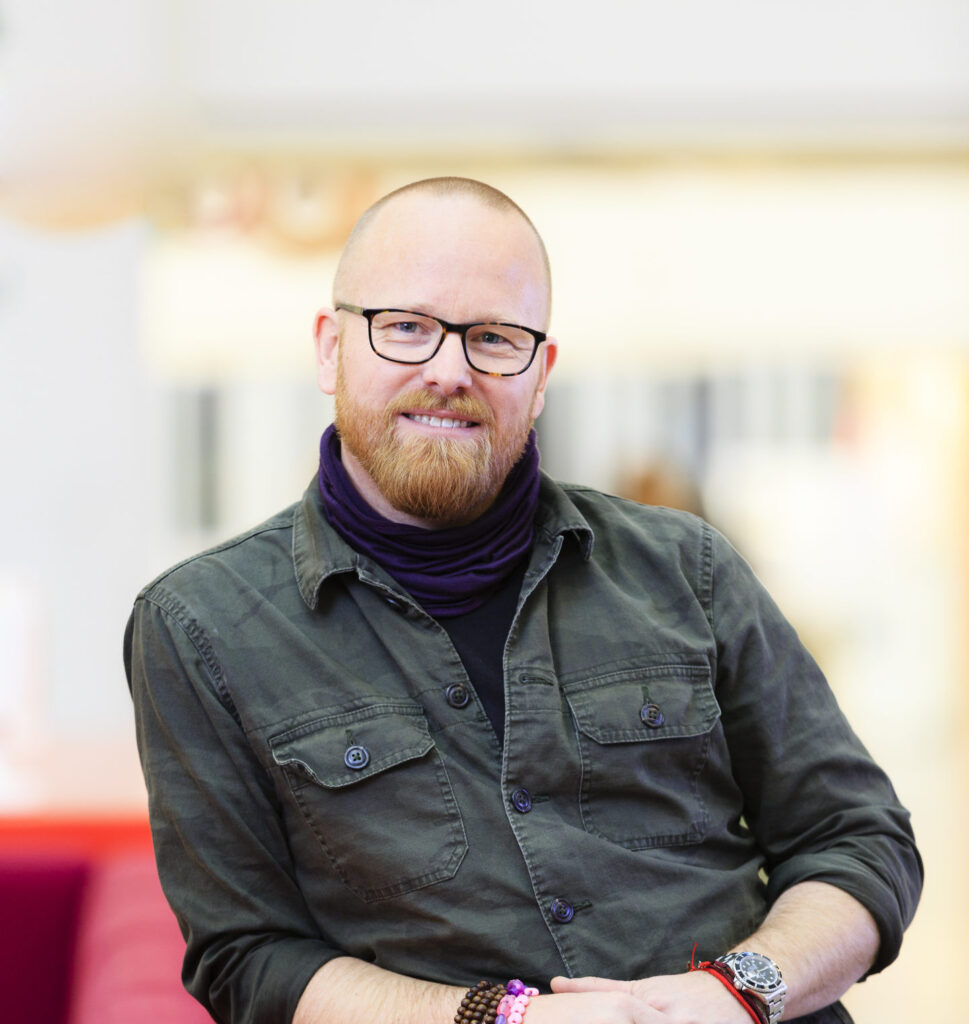How does ICA work agile today?
There is a switch to agile working at ICA today where large parts of the organization are involved. As a company, we have to be able to readjust our operations fast if needed, in order to keep up with society.
You have been part of driving an agile journey for your department, tell us about it?
My colleagues and I had the privilege to lead one of our agile programs, with the app. 200 participants, where we introduced and adjusted our work to an agile working method. Before the program started we were a handful of digital cowboys exploring agile ways of working in smaller groups. As soon as we started on a larger scale, other departments became interested in what we were doing. We started the program based on an agile model of large-scale development (SAFE, Scaled Agile Framework), but over time we made adjustments in the method to better suit our needs.
In this program, IT and Marketing work together in a virtual organization. Those who work in the program still answer to their manager, but their daily work is in the program. The big adjustment is to think efficiently instead of according to specs, or the team owning a product instead of working on a project, and that the business operation is part of the development work. A team works with their product all the way from idea to launch and is also responsible for the post-launch product management and support.
Initially, it was a challenge to get the rest of the organization to understand what our new way of working meant for them, but we have slowly managed to build understanding and curiosity around the agile way of working in other departments. Management has made clear that those departments that are able should adapt to the agile approach, although it looks different in different departments.
Early on we realized that culture was important in order to succeed with change. In an agile operation, it is not enough to have agile ceremonies and say agile things, it is only when we see the agile culture take form that we know that we will succeed.
We created a value package in the program — our Seven Blocks — values that would support us in our work. These are based on our three basic common values: simplicity, commitment, and entrepreneurship, but they are made concrete with a focus on the agile way of working.
In the beginning, we experienced somewhat of a culture shock when it came to reporting. Earlier we had business reviews and reporting that were perceived as burdensome and time-consuming. These days we focus on measuring the effects, and that the decisions we make are data-driven. We also changed the governance structure so that we only have one steering group.
What would you say are the most important factors to succeed with an agile transformation?
- There is a risk of ending up “Lost in Translation” — we can transform to agile all we want, but if the rest of the organization does not understand how we work, we will not succeed.
- We need common terminology in order to make everyone understand and feel included.
- Clear communication regarding why what and how the work shall be done.
- To attract talent in this area turned out to be a challenge in the beginning. It is important to motivate those who are increasingly working agile.
- Leadership — train the leaders who will be part of implementing the new way of working.
- Tools and products — we need to work with the latest tools. This includes everybody having access to modern computers and mobile phones.
When the interview was made in 2019, Marvin Liljegren held the position of Manager at ICA Byrån. Currently, he holds the position of Manager [Ways of Working] at ICA Gruppen.




